The skin around your child’s feeding tube requires extra attention. Protect this area, called the stoma site, with daily care and monitoring.
Tips for a New Tube:
- Know the Tube: Write down the brand, French size (diameter) and length of your child’s feeding tube. Having this information handy will make replacements easier and help with ordering accessories for the tube, such as extension sets.
- Wash your hands every time you touch the tube or the skin around it to prevent infection.
- Secure the Tube:
- Gastrostomy tube (if you have a low-profile/button tube, this does not apply):
- Tuck the tubing inside clothing, such as a onesie, for an infant, or an undershirt, for a child or adult.
- Loop a piece of tape or a rubber band around the tubing and use a safety pin to secure it to a diaper or clothing.
- Wrap an ace bandage or abdominal binder around the waist and secure the tubing underneath.
- Nasogastric tube: You have several options, depending on preference. Your healthcare professional can help you decide which method is best for your child.
- Apply a thin dressing, such as DuoDERM®, to the cheek. Secure the tubing to the DuoDERM® with a clear dressing, such as Tegaderm™. If the dressing starts to loosen, you should only have to replace the top layer, protecting delicate skin from repeated dressing removal.
- OR Secure the tubing to the cheek with waterproof tape, such as Hy-Tape®, or “pink tape.” This tape sticks well but releases gently to protect skin.
- OR Run the tubing over the ear and either tape the tubing onto the small of the back or pin it to the back of clothing. This method helps keep the tubing away from little hands that might grab it.
- Gastrostomy tube (if you have a low-profile/button tube, this does not apply):
The following information does not apply to nasogastric tubes:
Daily Care
- Check for pain, redness, irritation and leakage around the site.
- Rotate the external bolster ¼ turn. It should rotate freely. The external bolster is the part of your tube that sits against your skin and helps to keep the tube in place.
- Do not rotate jejunostomy tubes (J-tubes).
- Check the external bolster height both while sitting and lying flat.
- There should be at least the thickness of a dime between the bolster and the skin.
- Too loose can cause leakage.
- Too tight can cause irritation.
- There should be at least the thickness of a dime between the bolster and the skin.
- Clean the site, including underneath the external bolster, with mild soap and water.
- Keep the area dry.
- Tip: Apply a gauze dressing between the external bolster and your skin only if recommended by your healthcare professional.
Weekly Care
- Check balloon volume (if your tube has a balloon) to test for leaks.
- Deflate the balloon by withdrawing the water with a syringe. Your tube should have come with a small syringe for this purpose. Note the amount.
- If more than 5 milliliters of the amount placed has been lost, re-inflate with the recommended amount of water and check again later.
- If the balloon still seems to be leaking, notify your doctor or replace the tube.
- Tip: If the tube falls out and the balloon will not stay inflated, keep the tube in place with tape and cover the area until a tube can be replaced at the doctor’s office or emergency department. If left open, the hole can close up within a few hours.
- Re-inflate with the recommended amount of water.
- Do not use air, which may seep out and deflate the balloon.
- Do not use saline, which may clog the access port.
- Deflate the balloon by withdrawing the water with a syringe. Your tube should have come with a small syringe for this purpose. Note the amount.
Potential Skin-Related Complications
Pressure necrosis may develop if the external bolster fits too tightly. You may notice redness, irritation and pain around the tube.
- Gently cleanse and dry the skin.
- Verify proper tube placement. The external bolster should sit about 2 to 3 millimeters above your skin.
- If your tube has a balloon, verify that it is filled with the amount of water recommended by the manufacturer or your healthcare professional.
- If your tube does not have a balloon, adjust the height of the external bolster.
- Notify your doctor or nurse for treatment of the skin as needed.
Leakage around the site can occur if your tube fits too loosely.
- Adjust the external bolster height and/or balloon volume as needed.
- Apply a skin protectant or moisture barrier.
- Use a short-term dressing, such as gauze, to absorb drainage.
- Keep the head of the bead at 30-45 degrees during and one hour after feedings.
- Adjust the volume of feeding as needed.
- If the problem continues, visit your doctor. The size of your stoma (the hole in your skin) may have changed and you may need a new tube.
Hypergranulation tissue appears as discolored, irritated and raised skin tissue around the stoma site.
- Prevent it by using only mild soap and water to clean the site.
- Half-strength hydrogen peroxide should only be used occasionally to clean crusty debris that is not removed by water and mild soap.
- Stabilize the tube to restrict movement that may further irritate the skin.
- Visit your doctor to discuss treatment options, which may include foam dressings to apply pressure and absorb moisture, silver nitrate sticks, moisture barriers and/or steroid creams. Your doctor will help you decide which treatment is best for you.
Bacterial Infection may occur if moisture remains around the site. You may notice pain, inflammation, redness or drainage that may have an odor or color.
- Prevent infection by washing your hands before touching your skin or the tube itself.
- Clean the site two to three times daily with warm water and keep it dry.
- Check with your doctor to determine if you need an oral or topical antibiotic.
Yeast infection may also occur as a result of excessive moisture from leakage or perspiration. It may present as a rash with swelling and sores around the site.
- Gently cleanse and dry the skin around your tube.
- If you use a dressing, change it when it becomes moist.
- Your doctor or healthcare professional may suggest antifungal powder or other treatments.
Click here to download a PDF of Skin Care and Your Feeding Tube.
For more information, see related articles and resources here:
- How to Use Your Child’s J-tube (Jejunostomy Tube)
- How to Clean ENFit Extension Sets
- Tube Feeding A Child: The G-Tube That Saved My Son’s Life & My Sanity
- Recorded Webinar: The Complete Nurse’s Guide to Tube Feeding
- Tube Feeding at School: 8 Tips to Prepare Your Child and School Staff
This information is intended for educational purposes only. Please consult your healthcare professional for questions about your feeding tube.












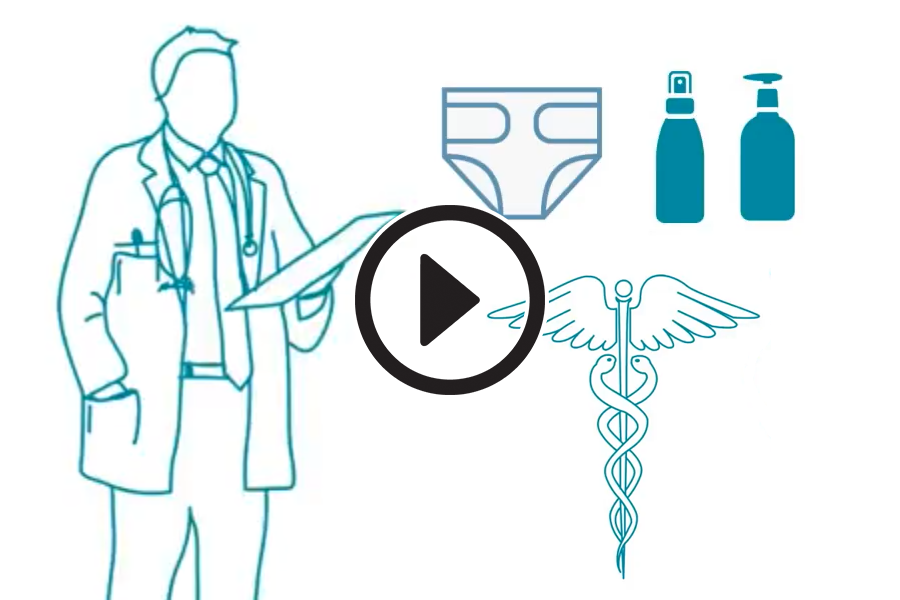
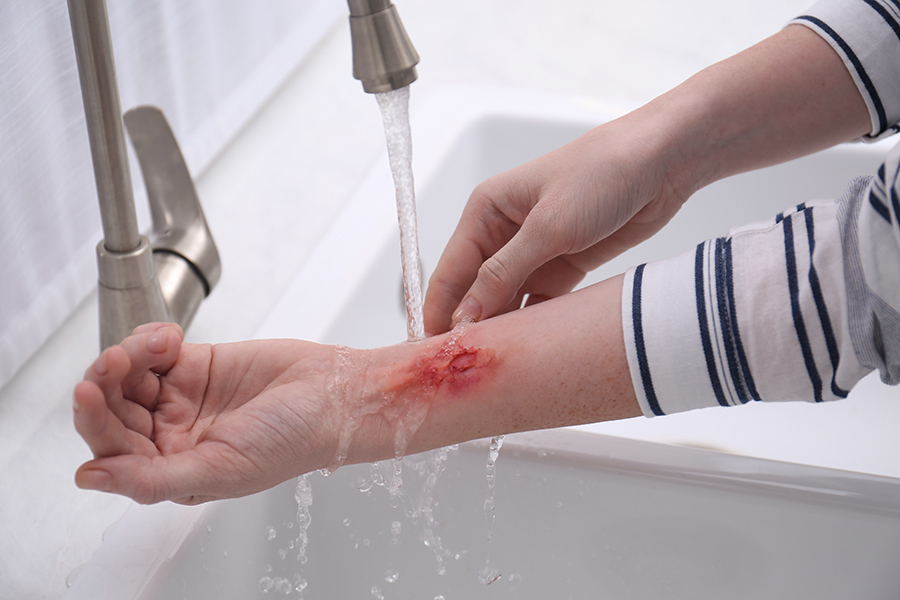
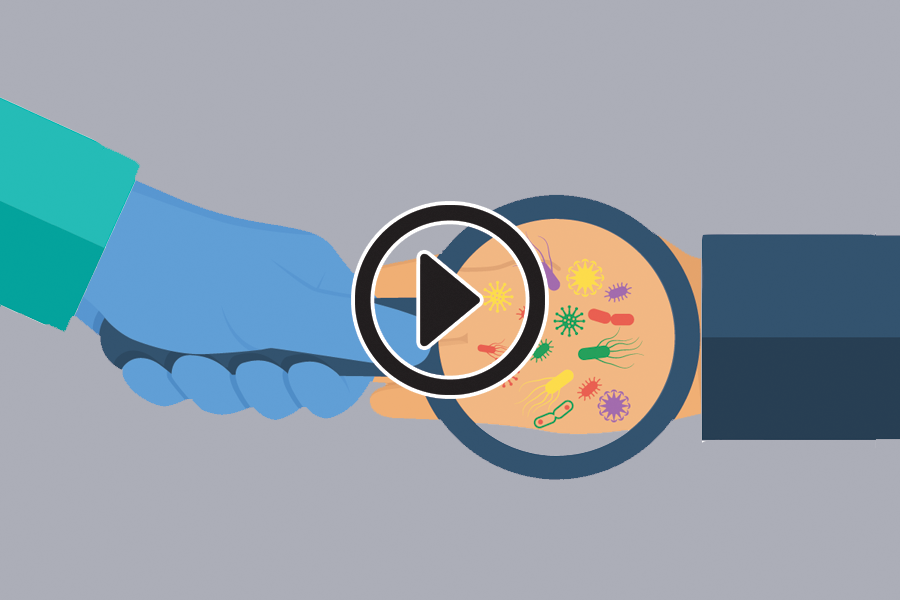

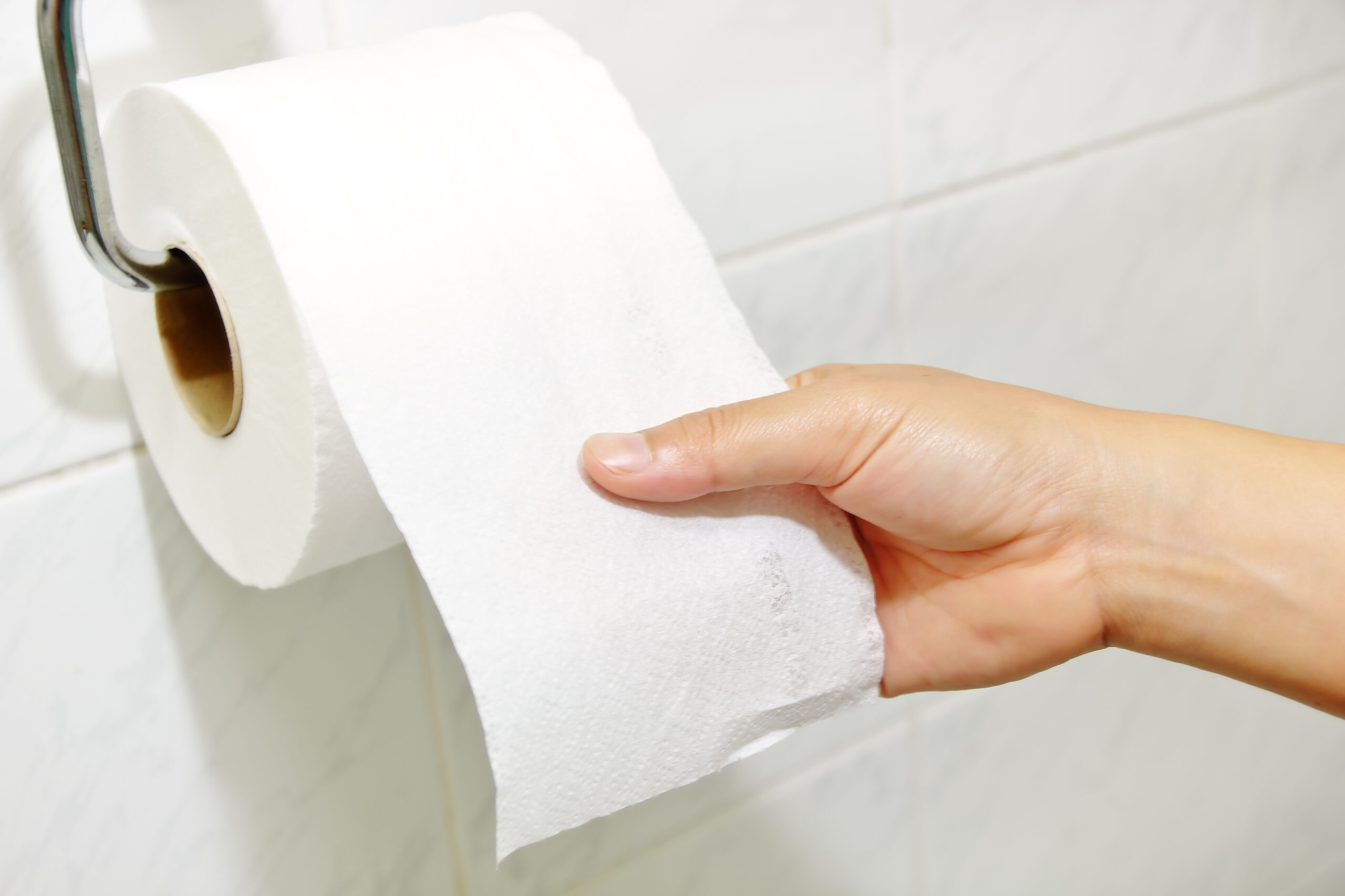
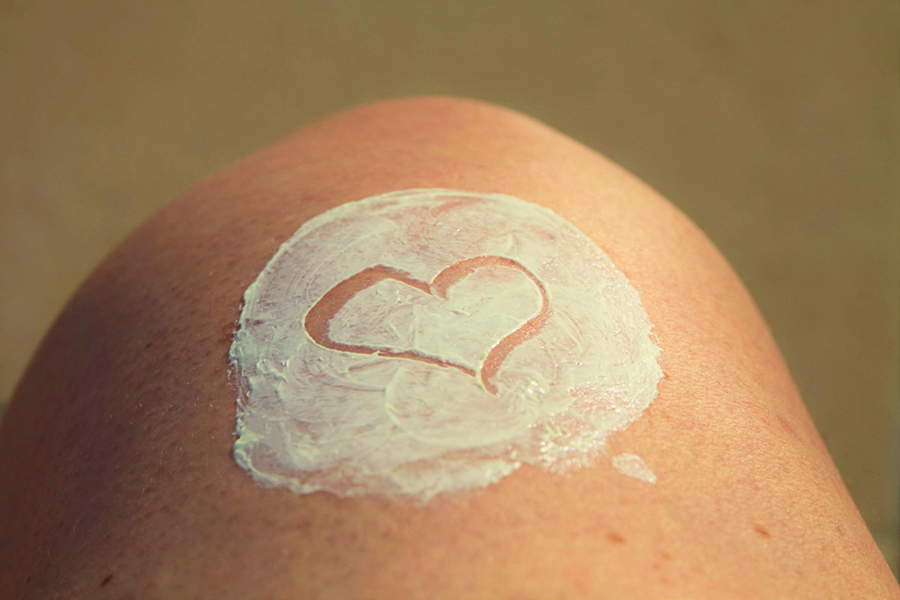


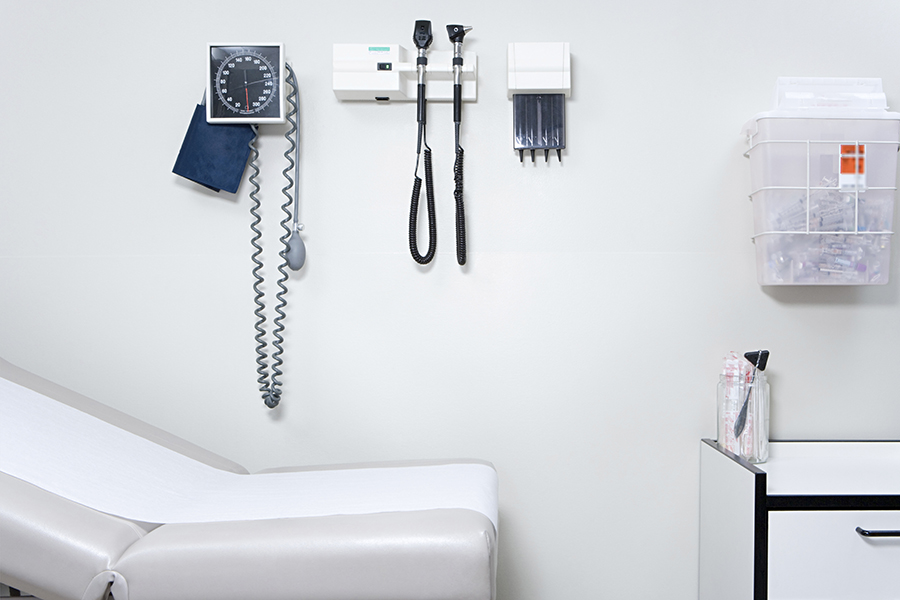

My feeding tube is crusty